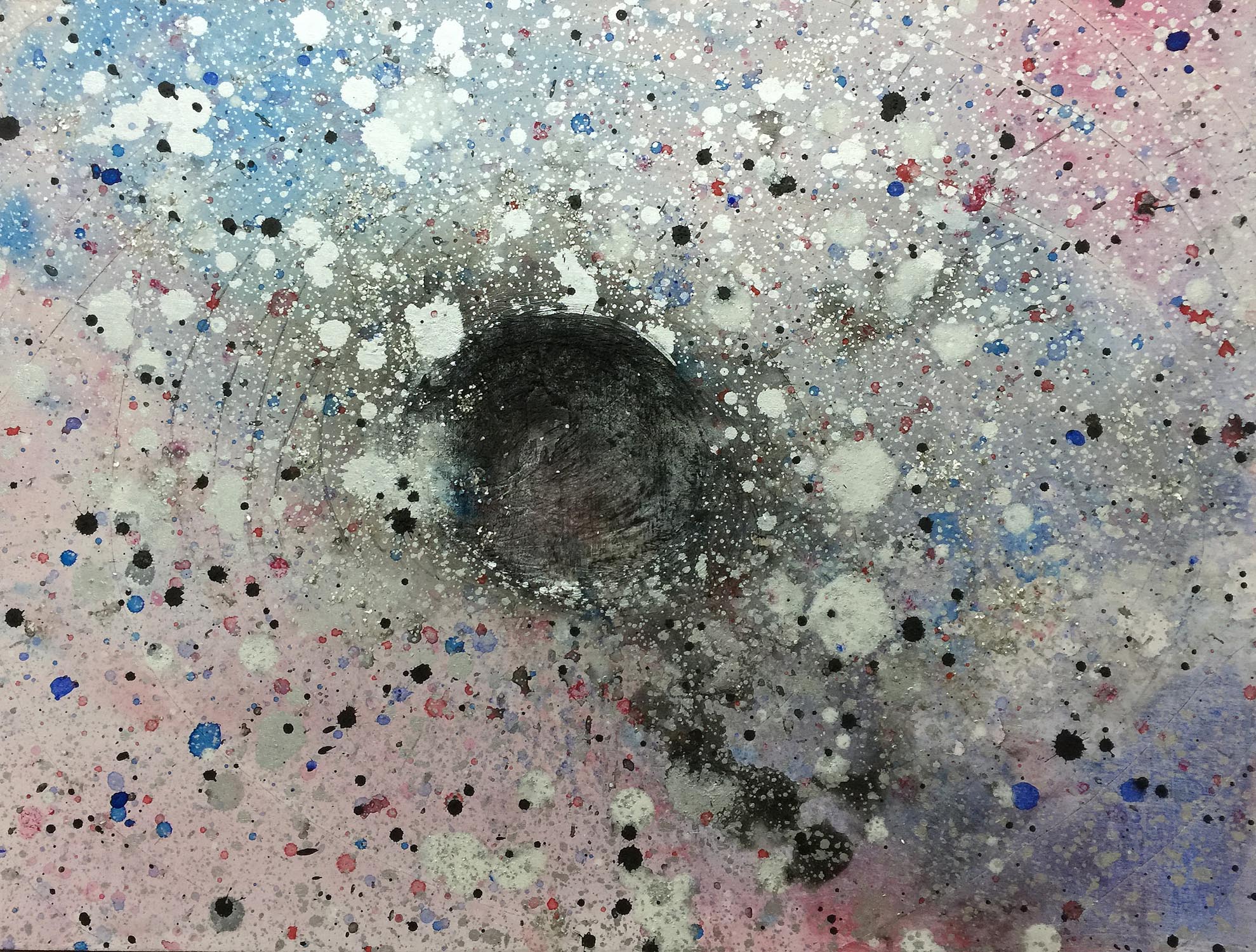The Blackness Of Insanity Or Misremembering In The Fog Of War
War is the realm of uncertainty; three quarters of the factors on which action in war is based are wrapped in a fog of greater or lesser uncertainty. Furthermore, the state of ignorance in which commanders frequently find themselves as regards their real strength and position, not only of their foes, but also of their friends, is commonplace. These paintings pay homage to military strategists like Clausewitz and Sun Tsu who have elevated the theoretical aspects of warfare to a philosophical exercise. The paintings also are influenced by religious thinkers like Augustine whom have written treatises on when it is morally justifiable to enter into armed conflict.
1%Women Series is based on the doctrine of evolutionary processes which give rise to diversity at every level of biological organisation, including the levels of species, individual organisms, and molecules. Repeated formation of new species (speciation), change within species (anagenesis) throughout the evolutionary history of life on Earth are demonstrated by shared sets of morphological and biochemical traits, including shared DNA sequences. The photographs in this series capture the evolved species grazing in their natural habitat and interacting with both animate and inanimate objects. Their choices of adornment are of particular interest as they attempt to embellish, enhance, or distinguish themselves, and to define cultural, and social status within their specific community.
Origins Of Life Series
On 26 May 2016 ingredients regarded as crucial for the origin of life on Earth have been discovered at the comet that European Space Agency’s Rosetta spacecraft has been probing for almost two years. Scientists have long debated the important possibility that water and organic molecules were brought by asteroids and comets to Earth after it cooled following its formation, providing some of the key building blocks for the emergence of life. While some comets and asteroids are already known to have water with a composition like that of Earth’s oceans, Rosetta found a significant difference at its comet. New results reveal that comets had the potential to deliver ingredients critical to establish life as we know it, like amino acids, which are biologically important organic compounds containing carbon, oxygen, hydrogen and nitrogen, and form the basis of proteins.
Now, Rosetta has made direct, repeated detections of the amino acid glycine in the fuzzy atmosphere or ‘coma’ of its comet. Another exciting detection made by Rosetta is of phosphorus, a key element in all known living organisms. For example, it is found in the structural framework of DNA and in cell membranes, and it is used in transporting chemical energy within cells for metabolism. The paintings in this series were inspired by these recent scientific discoveries.
